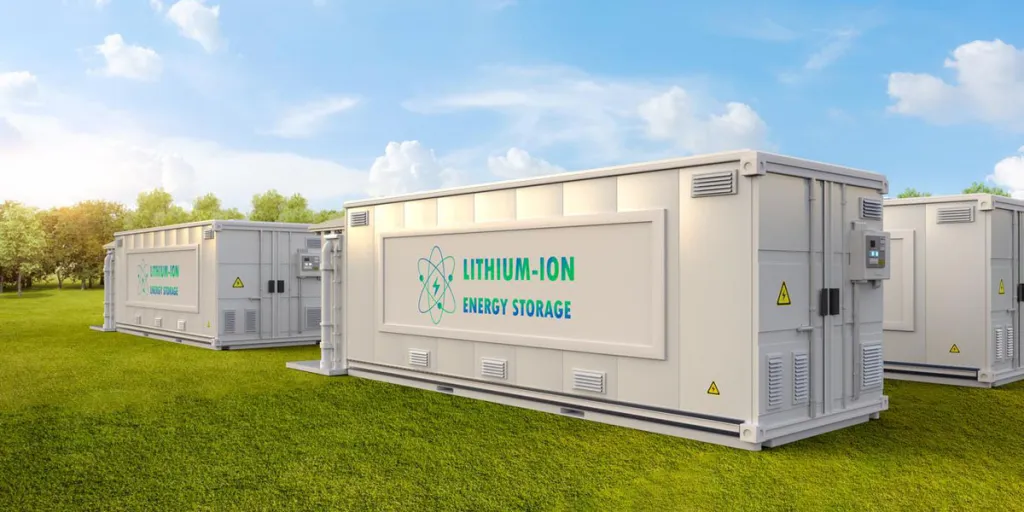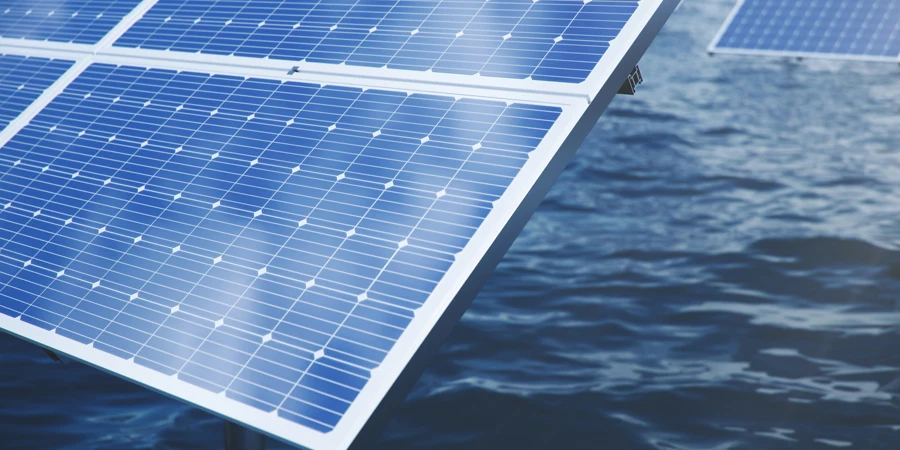Lithium-ion (Li-ion) batteries continue to reign in the vast world of renewable energy. Cutting-edge energy storage assets have quickly outpaced their traditional alternatives. And they are now at the forefront of disaster mitigation.
From improved efficiency and environmental sustainability to remote control and unmatched scalability, lithium-ion battery systems promise operational continuity during unprecedented grid collapses.
As climate disasters intensify, resilient backup power grows critical. Government and civilian agencies seek solutions for grid failure preparedness. Lithium-ion batteries provide renewable, portable, cost-effective emergency power compared to lead-acid alternatives. When integrated with solar panels, they store solar energy for 24/7 use.
With blackout threats looming, lithium-ion batteries equip homes, businesses, shelters, and hospitals with the energy resilience they need. The technology delivers energy autonomy through home installations and transportable power stations.
Here’s how lithium-ion batteries are redefining disaster resilience.
Table of Contents
The power of lithium-ion batteries in disaster management
Application of lithium-ion batteries in emergency scenarios
Choosing the right lithium-ion batteries for emergency preparedness
4 lithium-ion batteries to build emergency backup power systems
Bottom line
The power of lithium-ion batteries in disaster management
Calamities like earthquakes, hurricanes, and floods often result in power grid failures. Renewable lithium-ion batteries are uniquely positioned to aid disaster response efforts.
High energy density
For a battery, energy density is the quantity of energy it can store compared to its size or weight.
Li-ion batteries boast an impressive energy density range of 200–300 watt-hours per kilogram (Wh/kg). This is way more than lead-acid batteries, which sit between 50 and 100 Wh/kg.
As such, lithium-ion batteries can hold more energy than other options boasting the same battery size. This allows users to operate essential and comfort equipment, such as telecommunication and medical devices, for longer.
Higher depth of discharge (DoD)

A battery’s DoD refers to its degree of depletion. It lets users know how much energy they can use without compromising the device’s lifespan.
The higher the DoD, the longer users can use the battery before recharging it.
Lithium-ion batteries have a DoD of 90–95%, nearly double that of their lead-acid counterparts, which is only 50%. This makes them handy and more dependable for users off the grid.
Fast recharge times
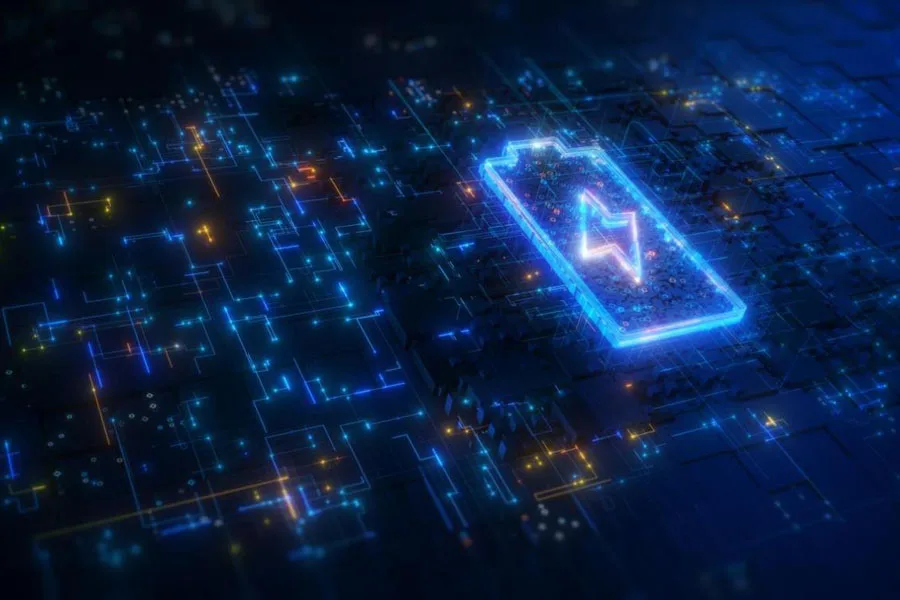
Another selling point of lithium-ion batteries is their rapid charging speed. Most of these renewable energy solutions boast a complete charge time of approximately 2–3 hours. This allows them to facilitate disaster response operations effectively.
Prolonged lifespan
The everyday Li-ion solar battery can survive 300–500 charge and recharge cycles. Some even last more than 5,000 cycles, making them reliable energy storage systems in the wake of unforeseen disaster scenarios.
Portability
On average, lithium-ion batteries are 55% lighter than conventional lead-acid batteries. They facilitate faster transportation of handy equipment and the deployment of rescue teams.
Lithium-ion battery-powered systems are also much easier to move to disaster-prone areas, improving emergency preparedness and response.
Application of lithium-ion batteries in emergency scenarios
Here’s why lithium-ion batteries should be a part of your emergency response plan:
Backup power for critical infrastructure
Lithium solar batteries provide emergency power, ensuring things run smoothly during challenging times.
From powering phones, medical devices, laptops, and refrigerators so food doesn’t go to waste to illuminating your space, these assets improve efficiency at home or the office.
Integration with renewable energy systems
Lithium-ion battery storage allows for the seamless integration of renewable energy systems. And what is the potential outcome? Increased efficiency and cost-effectiveness.
Integrating battery backups with renewable energy sources also reduces greenhouse gas emissions.
Choosing the right lithium-ion batteries for emergency preparedness
When selecting the best lithium-ion batteries to enhance disaster resilience, factor in the following:
Energy requirements
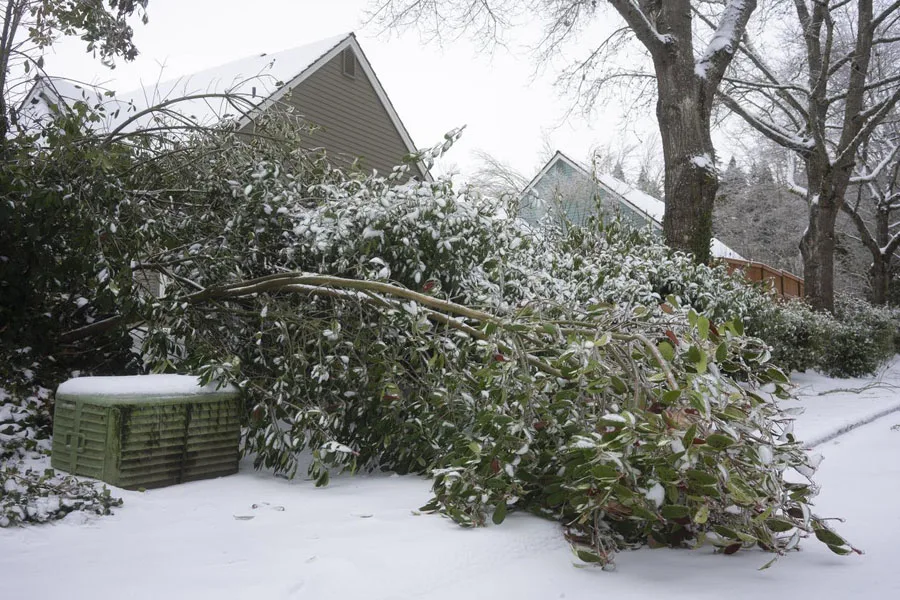
How much emergency backup power do you need? In the event of major disasters like earthquakes and winter storms, a large battery system will suffice.
The incidents can cause extended outages. As a result, you may need backup power for full home coverage.
DoD and self-discharge rate
Lithium batteries with high DoDs are ideal for disaster management. They have more charge cycles, enabling you and your loved ones to endure difficult times.
Again, lithium-ion batteries feature a self-discharge rate of 1.5–2% monthly. A lower rate translates into a longer shelf life.
Budget and long-term cost considerations

The ideal lithium-ion battery should be within your set price range. Most of these devices have a 2–3-year lifespan. Some can last up to 15 years.
For long-term disaster management, opt for rechargeable batteries with longer lifespans.
Integration with existing power infrastructure
Choose lithium-ion batteries compatible with your power generation and transmission systems. This makes them easier to use during power disruptions, ensuring your operations don’t come to a halt.
Voltage
Voltage (V) typically indicates a lithium-ion battery’s electrical potential. It’s advisable to go for high-voltage options. They have faster charging speeds and higher energy densities. With their reduced risk of failure, these devices are reliable energy sources during power outages.
The most common voltage sizes for lithium-ion batteries are 12V, 36V, and 48V.
4 lithium-ion batteries to build emergency backup power systems
When emergencies strike, backup power is critical for safety and operations. Lithium-ion batteries offer renewable, portable power when the grid fails, outpacing lead-acid tech. Key factors in choosing lithium-ion include capacity, discharge rate, lifespan, and inverter capabilities.
By comparing products across metrics, planners can identify optimal batteries for resilience. We’ll explore four top models optimized for backup:
1. Sunning lithium-ion battery: Best overall pick
With a capacity of 100 Ah, the Sunning 12V lithium-ion battery is the best energy storage solution for disaster response. It has a lifespan of up to 25 years (at least 6,000 cycles), making it a reliable source of continuous emergency power.
With an operating temperature of 0–55°C, this battery offers peak performance in extreme cold or hot conditions. It is compatible with solar and wind energy systems for easier energy management.
The Sunning battery impresses with its versatile application. You can use it to power a plethora of devices, including consumer electronics, home appliances, street lights, and submarines.
2. Xindian lithium-ion battery: Best choice for homes
The Xindian 100 Ah Li-ion battery, with a storage power of 5.1 kilowatt hours (kWh), is an excellent option for homeowners preparing for disaster. It boasts a built-in battery management system (BMS) for real-time monitoring. This control system prevents ground faults and short circuits, which can pose fire hazards.
A 90–100% DoD and a lifespan of 6,000 cycles, like our top pick above, translates into more than 16 years of all-purpose life. With the battery’s up to 15 parallel connections, it ranks among the most scalable options on the market. Since it’s IP65-certified, it is protected against low-pressure jets from all angles.
Other appealing features of this residential lithium-ion battery include remote monitoring and compatibility with most solar energy systems.
3. Trolling boat LiFePO4 battery: Best pick for rescue operations
Weighing only 34 kg, the Trolling Boat LiFePO4 36V/105Ah battery allows you to travel across bodies of water or flooded regions. Besides boats, this portable battery can power golf carts and home appliances. It boasts a rounded design and handles for easy transportation.
The lifespan of about 4,000 cycles could be just enough for rescue activities. But our first two picks are ideal if you need more cycles. Also, these 36V lithium batteries have a vast array of other convenient features, including fast charging and real-time battery monitoring via smartphones.
4. EnnoPol li-ion battery: Best for two-way radios
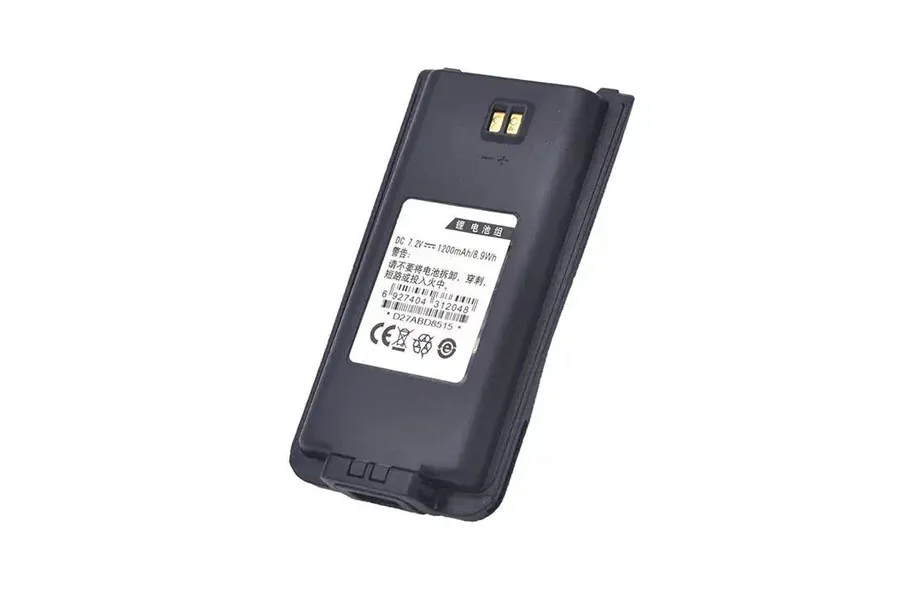
For those in the market for compact lithium-ion batteries for emergency kits, the 7.4V EnnoPol Li-ion battery fits the bill. It is specifically designed for two-way radios, which are more dependable than smartphones in remote disaster areas.
This lithium-ion battery comes in a sturdy casing made of polycarbonate (PC), acrylonitrile butadiene styrene, and fireproofing material. It is compatible with TC-610 models, however, so users with other walkie-talkies may have to consider other options.
Bottom line
Adequate preparation is critical when disaster strikes. With their high energy densities and longer lifespans, stockpiling lithium-ion batteries can make all the difference. They have multiple applications, including running televisions or radios to get emergency updates.
Yet, the reliability of your emergency backup power system depends on the Li-ion battery you choose to invest in. When making your pick, top considerations should include lifespan, safety features, portability, and compatibility with off-the-grid systems.
